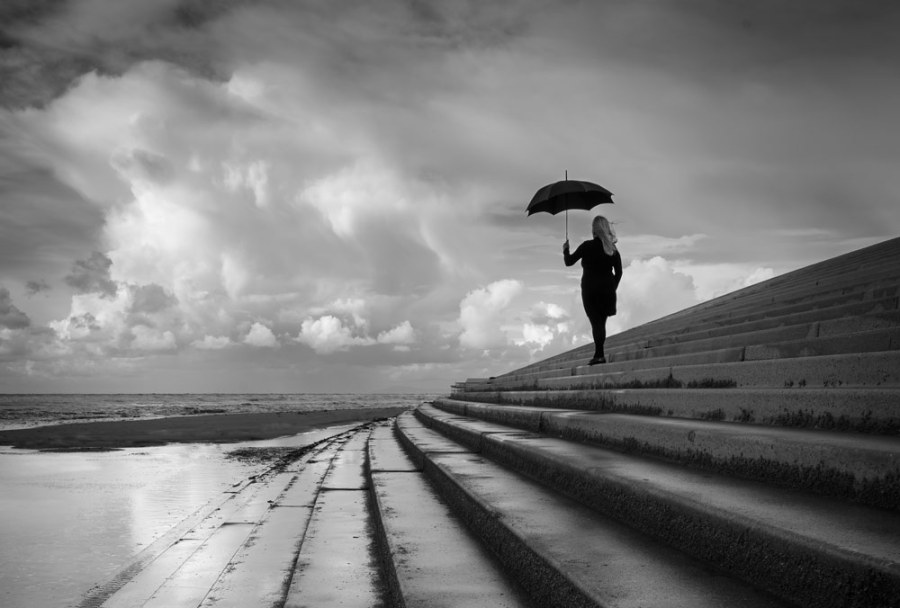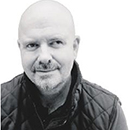Today is World Sight Day, so we are pleased to be featuring the work of one of the UK’s leading blind and low-vision photographers, Gary Williamson.
Gary, based in the north of England, has launched a new collection, Through Their Lens, in collaboration with Sony.
At present, Gary is just releasing the images on his Instagram page, but the work is also featured on Sony’s YouTube channel (below) and social media platforms, and an exhibition is hopefully in the offing. The video goes into much more detail about Gary’s approach then we have room for here.
A lot of readers will be asking ‘how can a blind or low vision person even BE a photographer,’ so let’s find out more about Gary, and how he’s come to be such a high-profile shooter. All images credit: Gary Williamson.
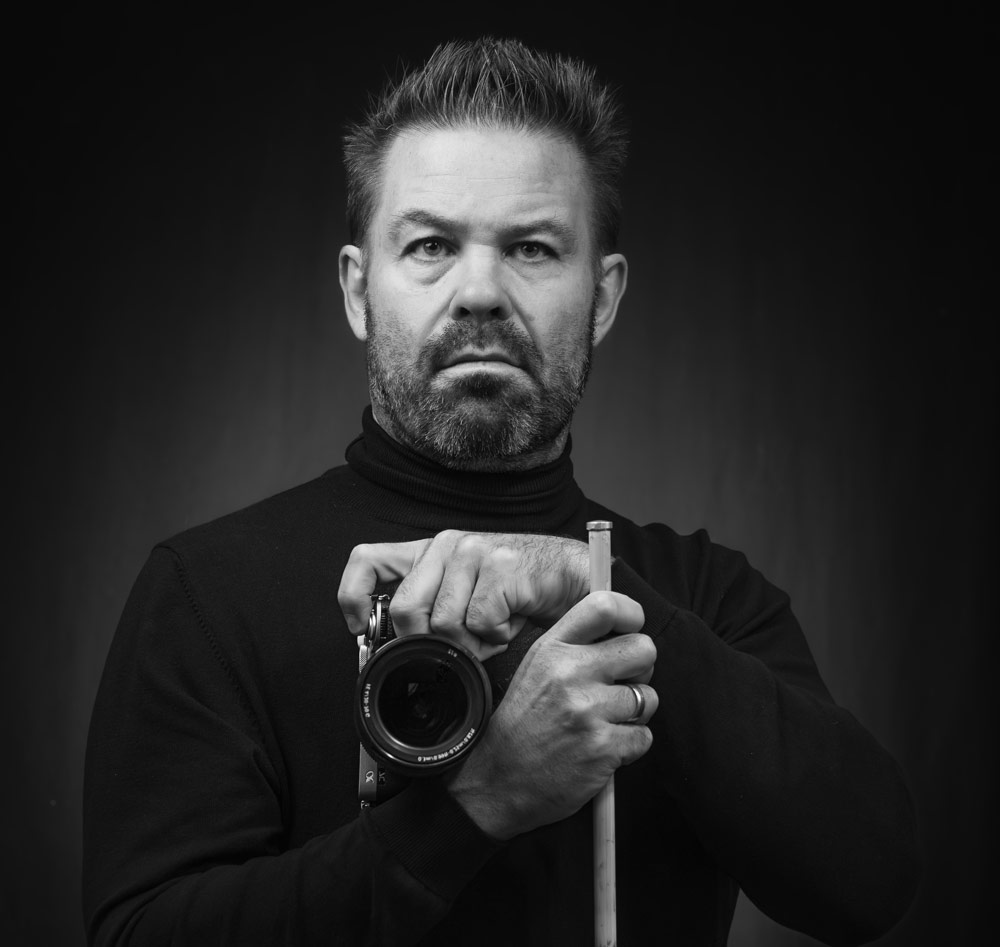
So how did this project with Sony come about?
I was contacted by Sony, who saw my Instagram page and the video I’d done back in March with the landscape photographer Thomas Heaton. Sony asked me if I would like to do some work with them for World Sight Day.
I’ve always worked hard to give a very positive image of disability so I was keen to get involved. I am hoping this project will help raise awareness of issues facing blind people and those with low vision, but also show what we can do.
Can you tell us about how you came to be seriously visually impaired?
After leaving art college at 18, I went hitchhiking in 1990 and ended up in Gibraltar. Suddenly I was hit by a hereditary optic-nerve condition and effectively became blind overnight. There were no mobile phones or even that many cash machines back then, so I had to get myself back to the UK alone.
It sounds terrible, but there was an upside. If I’d just been sat home watching TV and my eyesight had gone, everything would have been too much focused on me… the fact that I had to be strong and focus on getting home really helped.
I had to crack on and be self reliant, and the realisation that I could be has stayed with me over 35 years of being registered blind. If I could get myself back from Gibraltar in that state, aged 18, with no phone and a map I could no longer read, I could do anything!
Where did the interest in photography come from?
I became interested in photography at art college, shooting and developing film, and I loved the story telling side of it – as a young person, you seem to be open to much more in the world.
Once my eyesight had gone, working with film cameras became a lot more difficult, but the advent of digital cameras was transformational for me. I got my first digital camera around 2006 and I was suddenly able to see the images on a computer screen, much more clearly than before.
Before digital, I had a pair of binoculars, which sharpened things a bit and brought them closer, but digital cameras made a massive difference.
Did you ever feel like just giving up?
I have always done photography on the sidelines, and I have always pushed myself to work – I could have just sat there doing nothing, but photography has always been a key part of my creative life.
Joining the Ribblesdale Camera Club really helped too. I learnt how to hone my photography skills and getting feedback on my pictures was really useful. I still attend the club, and use my iPad zoomed in to watch speakers (but even then it’s just a blur). People ask me why I am videoing them!
How do you deal with stereotyping and negative perceptions around blindness?
There is unfortunately still a lot of assumptions and bigotry. I find using a white cane can be a problem, as I only need to use them in certain kinds of light – when walking toward the sun for example. The world just turns yellow and I will walk into something.
The thing is, people don’t understand that vision isn’t just black and white, and assume that you can either see or you can’t. So walking into the sun is a problem, but if I turn the corner into shadow, I can see basic shapes and outlines.
But then, when people see you put the white cane away, they are like, ‘ah so you are not really blind then!’ Bring a camera into the equation, and people get even more confused.
That is why I started my Instagram page, so I could show people my work – street photography in particular – and everyone could see I am a genuine photographer.
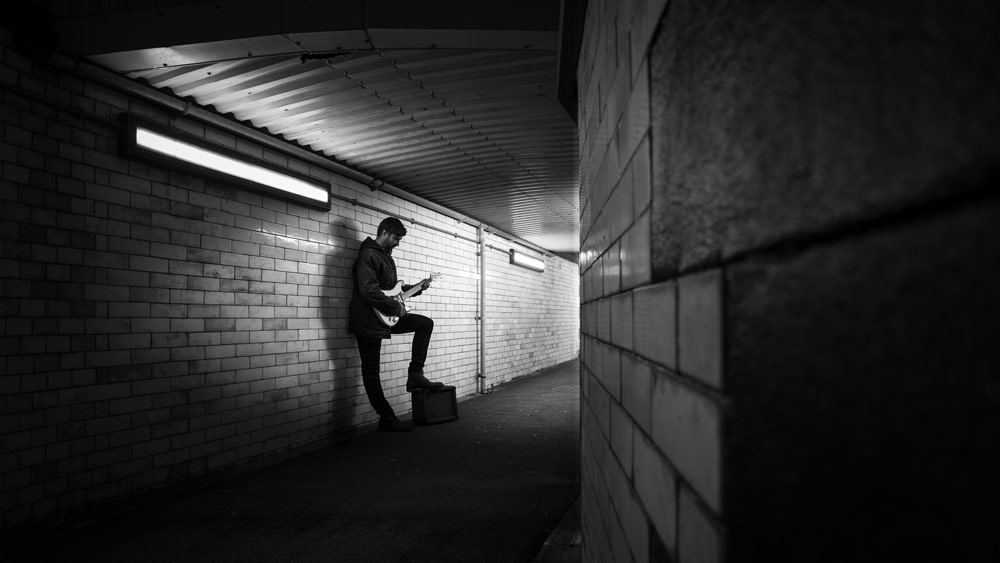
So how have you developed a photographic style?
Environment matters, contrast matters, and as a visually impaired photographer, that is what you can see in my photography. I make the most of what sight I do have.
I am colour blind too, so colour can be very distracting, as it camouflages things. If I turn my camera to black and white, however, I can see the world a bit more effectively. So shooting in black and white has helped me massively – it’s not just about using longer zoom lenses so I can see what’s going on.
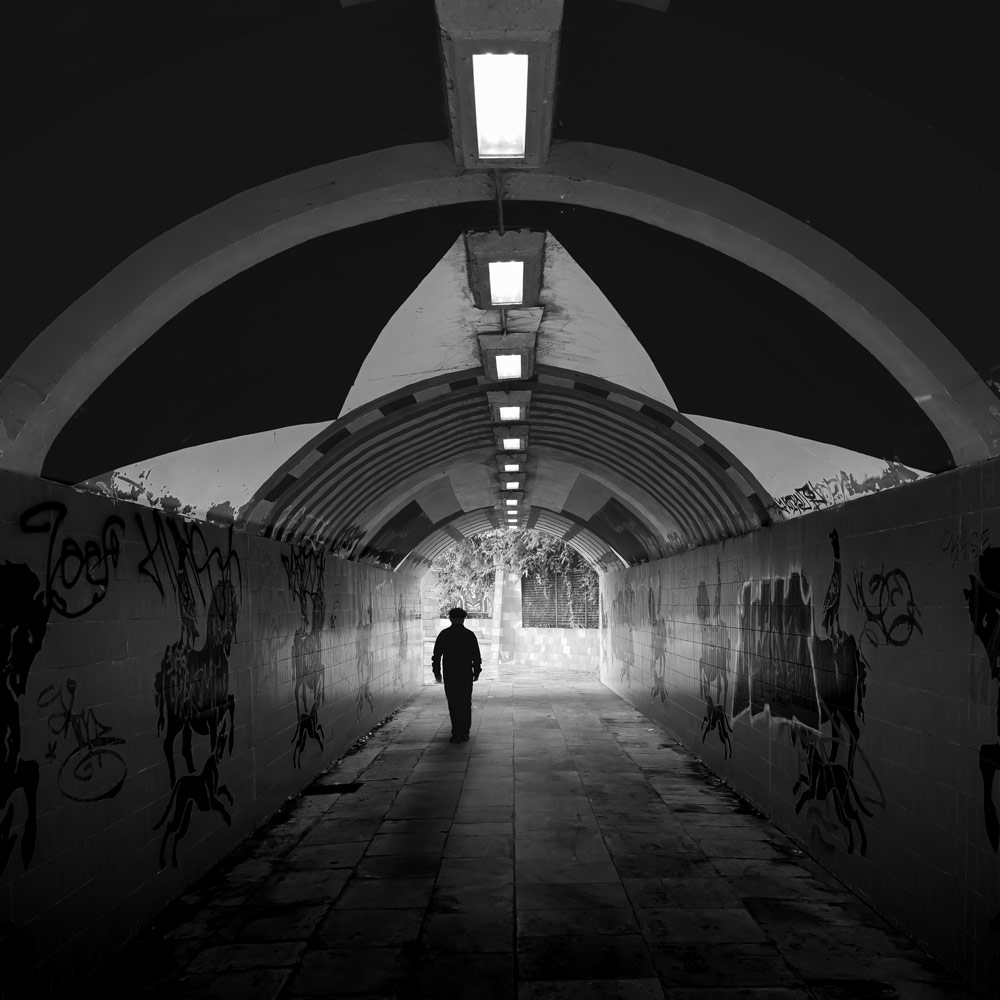
I also use my ears all the time. My hearing has become really heightend, along with my other senses. I can hear a tap drip 10 metres away, or I can tell if someone coming up behind me is on their phone or not, just from their footsteps, and the sound of the shoes they are wearing.
I can then figure out how they are going to pass me, and sometimes get a good image. I also know if I have passed a doorway as I feel a breath of warmth or a breath of wind coming out.
So you could say I have built a style around contrasting lights and colours, which reflects how I use the little sight I do have in order to navigate the world around me.
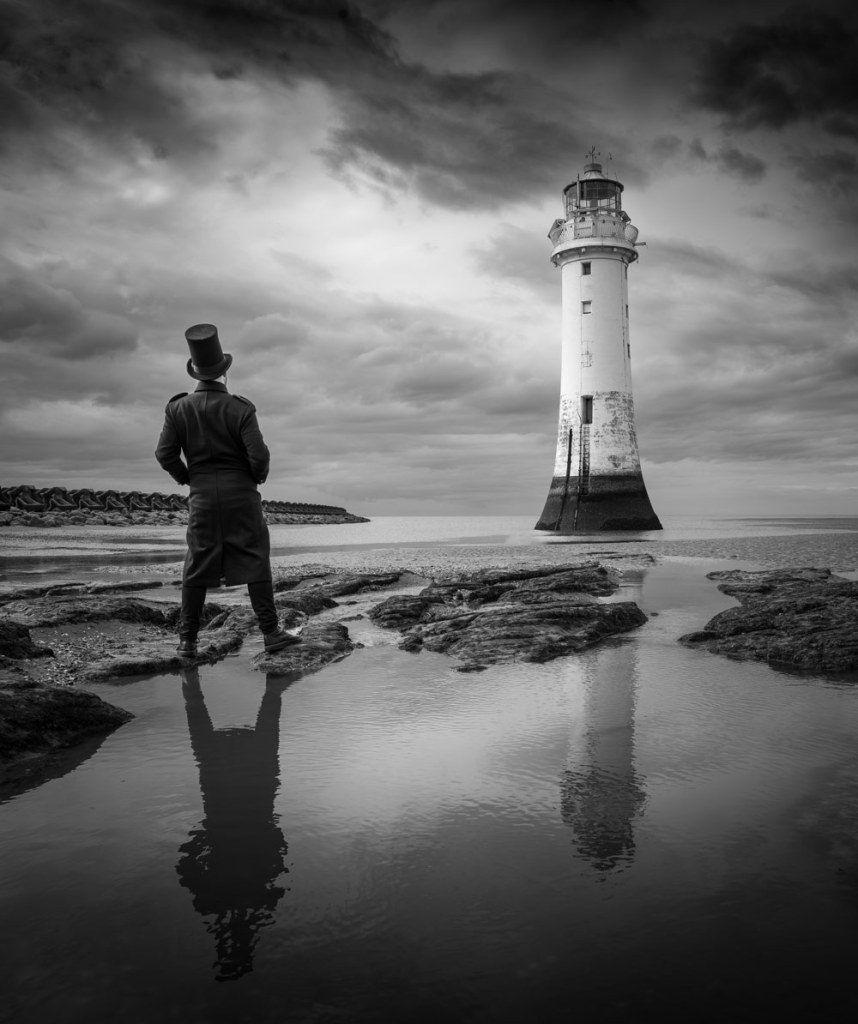
I also shoot a wide range of subjects, not just landscape. I’m chasing light and shadow, which is the world I see. I also have to pay attention to every bit of the world so I don’t walk into people, for example; that really helps me to be more observant as a photographer.
Do you use any specially adapted camera equipment?
Not really, no. Turning on AI in video mode on my phone helps me to figure out exactly what is front of me, and this definitely helps. It will only get better too.
I have a 20 x magnifier which to be honest I hate using in public as people ask me what I am staring at, or even what I am sniffing! When I started using a Sony Alpha 7 C II camera with talking menus, it helped me hugely.
People say ‘wow a camera that talks, how cool!’ It takes the pressure off a lot. I am now used to using ‘talking’ equipment and I know what settings I need. A camera with tactile buttons also helps a lot.
As for lenses, I try to use prime lenses, shooting at wider angles and cropping in. Having a camera with more megapixels also gives me maximum editing latitude. Zoom lenses, meanwhile, help me to identify blurry objects in the world – eg a stone or a tree.
Then I can pull back slowly and work out how to use them in a picture (or not). Being able to edit images on a big computer screen, and being able to zoom in with the Apple Pencil on the iPad, helps me to zoom in massively (particularly when used with the magnifier).
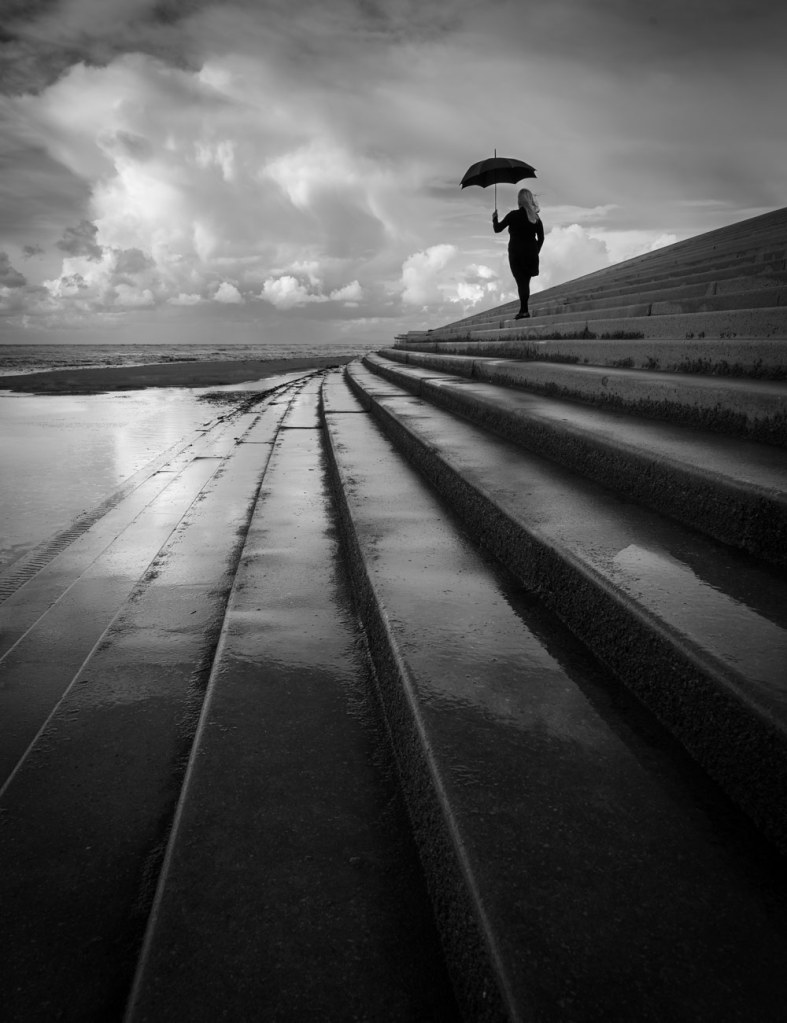
What message do you have for other visually impaired people wanting to try photography?
It’s funny, quite a few people have stated contacting me, even some quite well-known photographers, particularly after I’d done the video with Thomas Heaton.
My philosophy has always been to get on and cope with life and make the best of it, disability or not. Focus on what you CAN still do, not what you’ve lost.
If you just look at what you have lost, you will dwell in the negative, Remember too that you are seeing something unique, that nobody else sees in the quite same way. And technology is definitely removing some of the barriers for visually impaired people wanting to become photographers.

